Donkey Ears, otherwise called Kalanchoe, make for a popular house plant because it is aesthetically pleasing and easy to care for. If your Kalanchoe is suffering from curling leaves, we've researched these answers to help you address this problem.
A Kalanchoe or Donkey Ear plant with curled leaves is most likely infested by Aphids. Aphids reproduce quickly, so you need to act fast. To clear up the infestation, you need to treat your plant with insecticidal soap for 2-3 weeks.
As we go further into this article, you will read about the various ways you can treat your Donkey Ear plant from aphids and other problems. If this is something that interests you, then keep reading!

How To Treat Your Donkey Ear Plant
The first thing you need to do to restore your Donkey Ears plant to health is to get rid of the aphids infestation. Here are products you can use to do this.
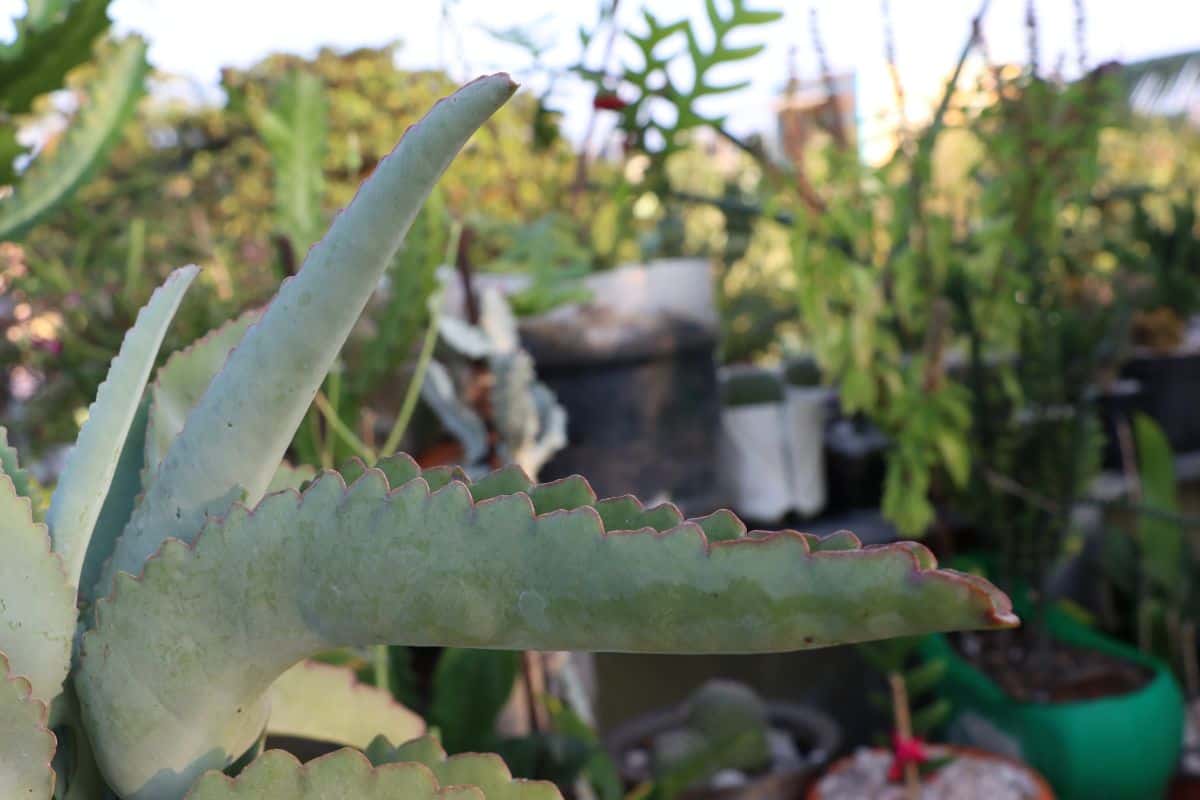
Insecticidal Spray
Check out this insecticidal soap spray on Amazon
This ready-to-use insecticidal soap is a 3-in-1 gardening solution that gets rid of insects, and mites, and prevents fungal infections. It is made with Neem seed and is safe for both outdoor and indoor plants. However, it is advised that you use the product in a small area at first to test the plant's sensitivity to it.
If you prefer to make your insecticidal soap concoction, The base ingredients are only soap and water. You can choose to use them as it is or mix these 2 ingredients with a variety of other media depending on your preference.
Neem Oil
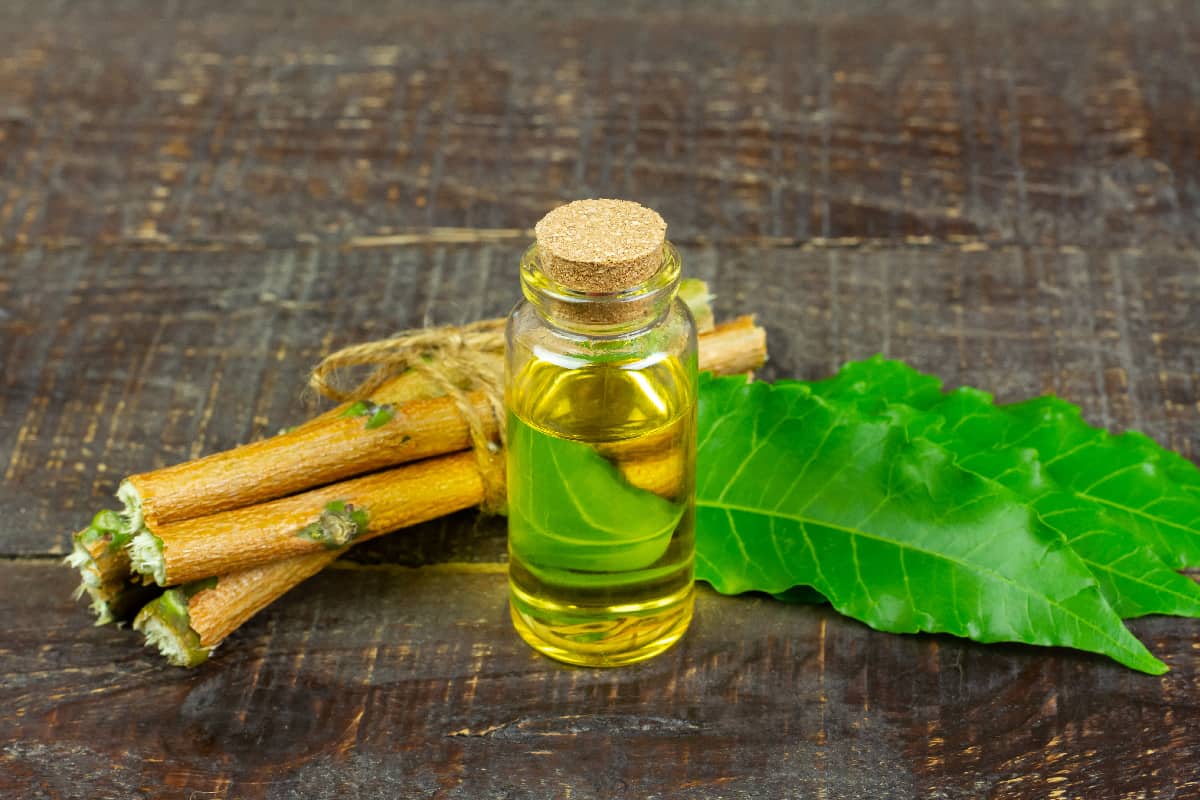
While commercial neem oil insecticides are available, you can try and create your homemade version. For this, you will need to mix 1 tablespoon neem oil with 5mL liquid dish soap and dilute it in 1L water.
Spray this solution on your garden and house plants using a garden hose sprayer. It is preferred that you mist your plants very early in the morning to avoid sun damage as this mixture is oil-based. For active infestations, spray your plants once a week for 2-3 weeks.
Vinegar
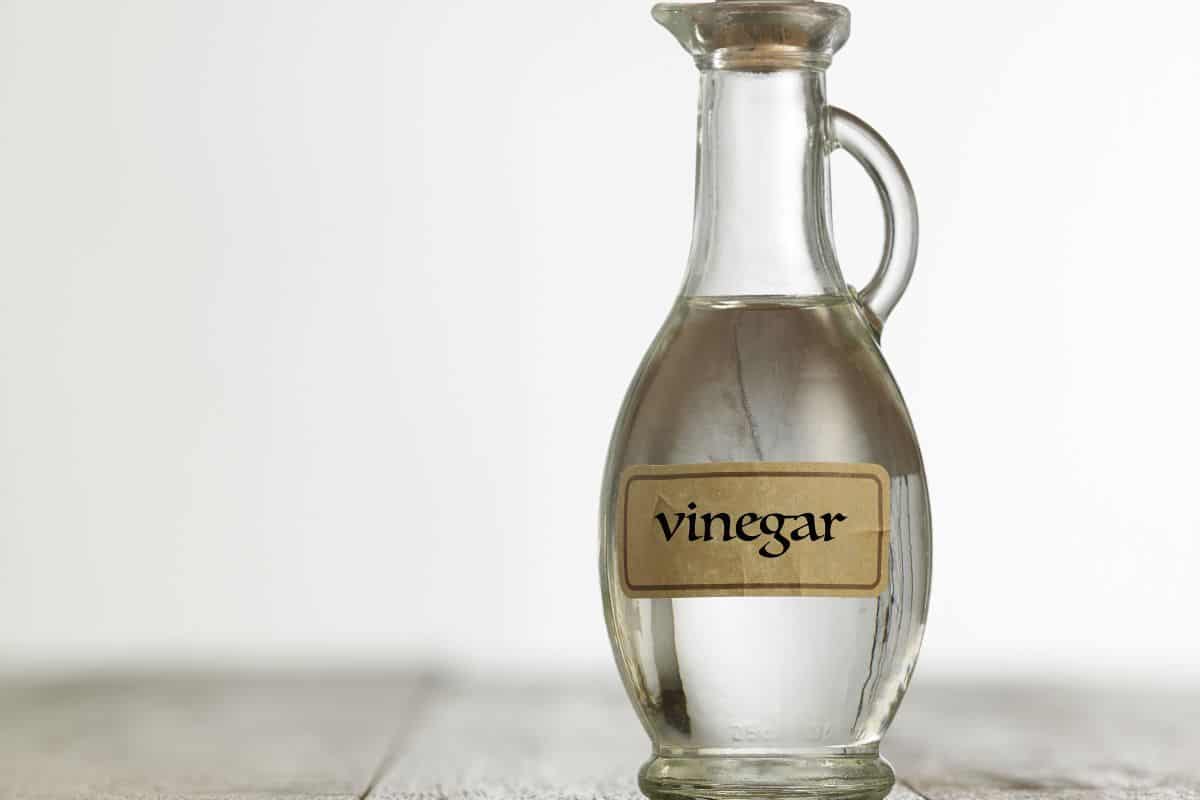
Another natural aphid killer that you can DIY is a soap, water, and vinegar mixture.
To make this solution, mix 1 tablespoon white vinegar with 1 tablespoon liquid dishwashing soap, and mix it in 4L of water. Use a spray bottle and lightly mist the plant's leaves. Do not forget to cover the stem and the upper and undersides of the leaves.
Cayenne Pepper
Cayenne peppers make a good natural insecticide because of their naturally-occurring capsaicin. Insects and mites are naturally repelled by this chemical.
Mix a pinch of cayenne pepper with 5mL liquid dish soap and dilute in 946mL (1 quart) water. Wipe or spray your plant leaves with this variant every 2-3 days within 2 weeks.
Vegetable Oil
Another medium you can use to mix with soap and water is vegetable oil. To make this spray, you will need 1 gallon of water. Distilled or tap (not hard water) is preferred to enhance the insecticidal effect. Then, mix in 37mL (2.5 tbsp.) mild liquid soap and 37mL vegetable oil.
As an alternative to vegetable oil, you can make use of olive, grape, or coconut oils. The oil and soap are important elements that keep the solution staying long enough to work.
However, in creating these solutions, be careful not to increase the ratio of the soap and oil more than what is recommended. Doing so can damage the foliage of the plants.
Once ready, pour the solution into a spray bottle and mist your plants. Mix well. If you happen to have an excess of the solution, Do not leave them unused for more than a month. Otherwise, just make a fresh batch.
Caveat
Although the kalanchoe is not known to be a sensitive plant, there are still cautionary measures we need to observe when applying insecticides:
- Spray with caution. Consider spraying onto a sponge instead of directly to the plant. This measure of care ensures that the insecticide is used as intended and you do not harm good bugs along the way.
- Conduct a sensitivity test on your plant by spraying on a few leaves first. After 24 hours, check if the sprayed leaves look wilted or damaged. If so, discontinue the application, otherwise, proceed with spraying.
- Fragrance-free soap, without bleach, is better as it poses less harm to the plant.
- Insecticidal soap solutions work best when wet. So the ideal time to apply it is before sunrise or after sunset to allow it to stay longer, and not evaporate quickly.
What Are Other Indicators of Donkey Ear Plant Problems?
Apart from curling leaves caused by aphids, your Donkey ear plant may also suffer other types of illness. Here is a list of other indicators you need to watch out for when caring for Donkey Ears:
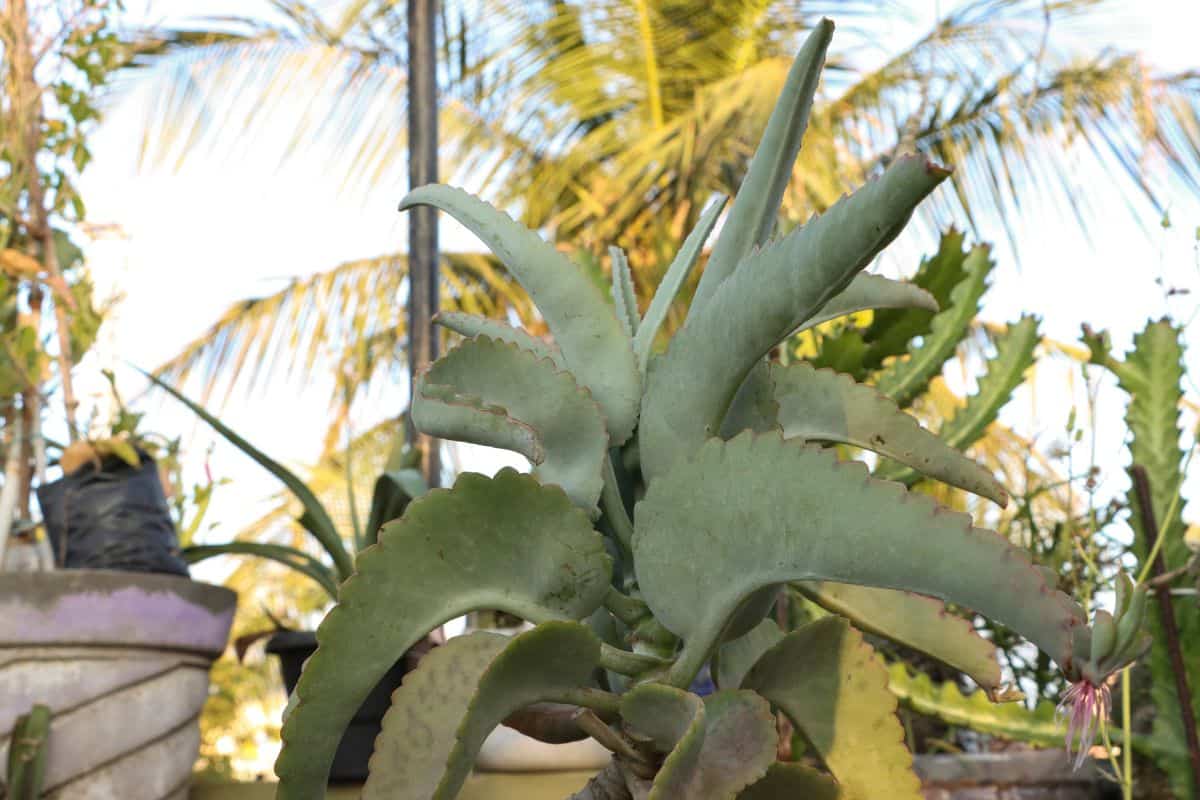
1. Dark, yellow, or tan leaves
Keeping the right level of soil moisture is important for your Donkey Ears to thrive. Overwatering your Donkey Ears will increase the chances of crown rot which is caused by a fungus that thrives in waterlogged soil.
When your plant is infected, its leaves turn dark, yellow, or tan. At the early stage of crown rot, you will notice dry rotting at the bottom part of the plant.
Infected plants cannot be treated but you can stop the infection from spreading to other plants. To do this, you will have to discard the infected plant and treat your potting mix with fungicides. Your soil mix and type of pot should also allow excess water to effectively drain to avoid waterlogging.
2. Yellow and wilting leaves
There are two possible culprits for yellowing and wilting Kalanchoe leaves.
Powdery Mildew
Another source of worry for your Kalanchoe is an airborne fungal infection called powdery mildew. This fungus infects the stems, fruits, flowers, and leaves of plants and manifests as white or grey spots. Plants in areas with poor sunlight and aeration are the most susceptible to powdery mildew.
Infected Kalanchoe plants exhibit withered and yellow leaves, and slowed growth. The powdery mildew takes water and nutrients from the plant and leaving it untreated will eventually kill it.
Treat your plant from mildew infection with fungicides that contain sulfur or a potassium bicarbonate mixture.
To prepare this, mix in 2.5mL soap (Castile or coconut) and 15mL potassium bicarbonate in a gallon of water. To prevent mildew infection, let the Kalanchoe get at least 6 hours of partial sunlight.
Mealybugs
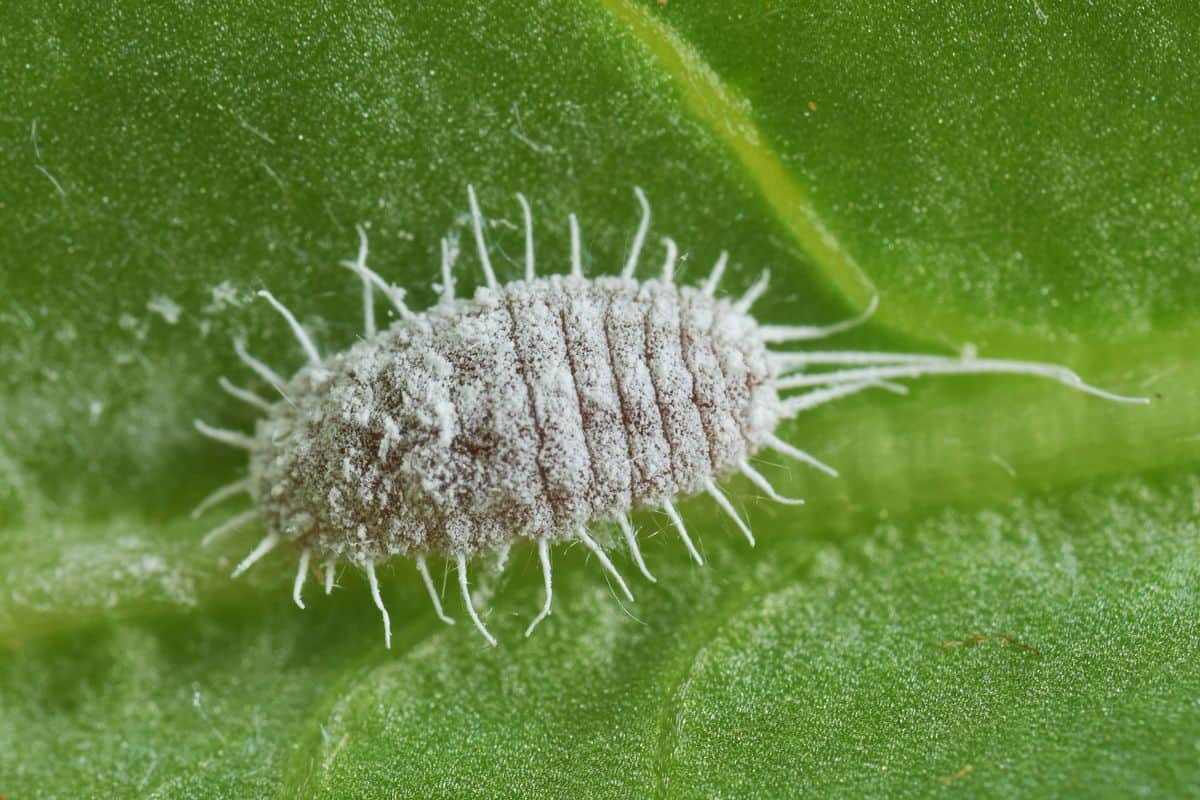
If it's not mildew that's causing your Donkey Ear plant leaves to yellow and wilt, then another possible culprit is mealybugs. These soft, oval-shaped, wax-covered pests feed on plant juices and are usually present in warm and moist places.
Getting rid of mealybugs can be tricky for the following reasons:
- They are not almost microscopic and hide in hard-to-see places.
- Pesticides do not affect them easily because of their waxy coat; and
- They can jump to another plant if disturbed.
To effectively remove mealybugs and avoid an infestation, isolate the infected plant first. Swab the infected plant with alcohol-dipped cotton balls.
Next, mix 1 cup of alcohol with a few drops of dishwashing soap into a quart of water and spray all over the plant. Spray on hard-to-reach places and the underside of the leaves.
You can also spray neem oil to kill mealybugs. Make sure to pour neem oil on the potting mix as well to get the ones possibly hiding in the soil.
3. Black roots
Black roots are rotting roots due to fungal infection. The fungus that causes root rot thrives on overwatered soil with a poor draining system. Diagnosing root rot may be difficult since the roots are not visible. You will probably only notice the problem once the stem starts to blacken as well.
You can still try to save your Donkey Ear plant from root rot by trimming off the blackened parts. Do not reuse the old potting mix. Instead, replant your Kalanchoe in new uninfected soil. Take note to water your Kalanchoe only when the surface of the soil is dry. This will help you avoid overwatering.
4. Yellow spots, streaks, and webbed leaves
Another plant-feeding pest you need to watch out for is spider mites. These pale red, oval pests can be hard to spot since they hide on the underside of the leaves. You can suspect spider mite infestation if your plant leaves have yellow spots and streaks with small webs on them.
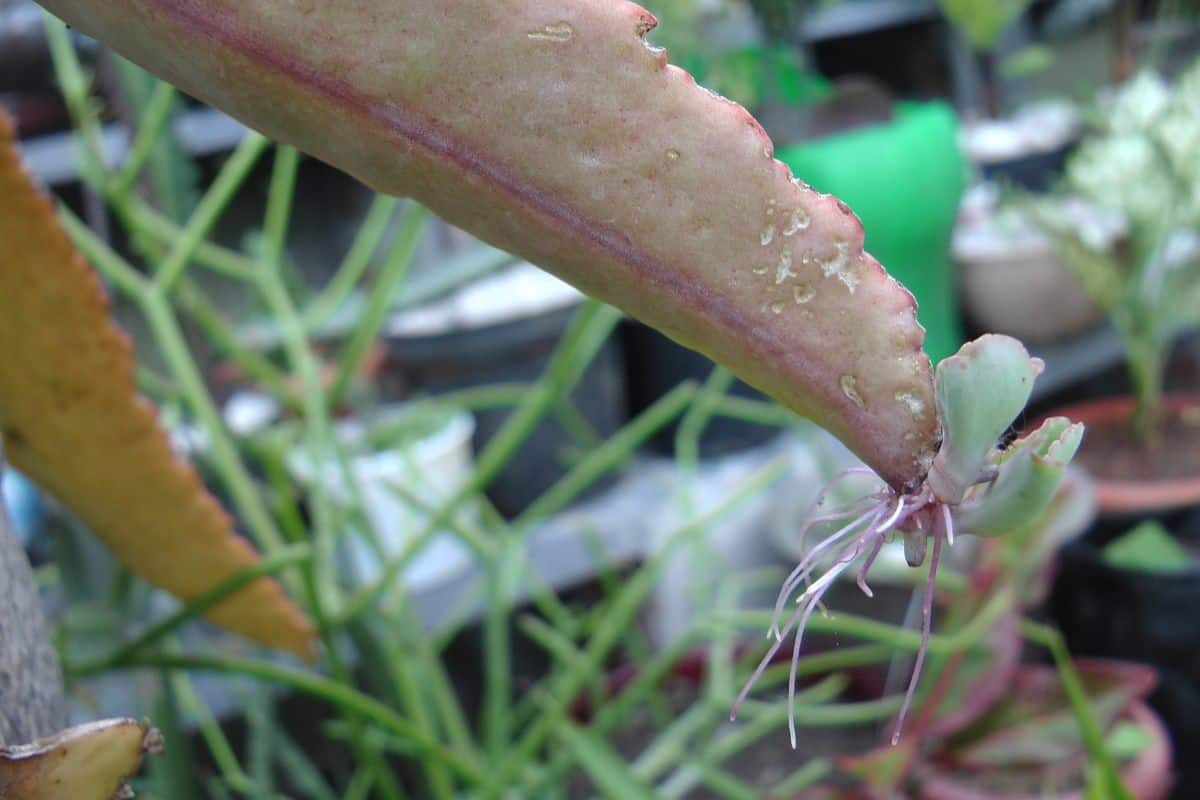
Fortunately, they are easily shaken off. To confirm an infestation, try shaking your plant leaves and catching the spider mites with a white piece of paper.
Here are other ways to get rid of spider mites from your plant:
- Use neem oil. Just spray or swab your Donkey Ear plant leaves with the solution to get rid of the spider mites.
- Introduce ladybugs to your plants. They eat spider mites and other plant pests without damaging the plant.
In Closing
Donkey Ear plants make good house plants because they do not require much attention. But should you find yourself in a bind with treating your Kalanchoe of its infestations and pests, just follow the steps on how to address the issues properly.
Other related topics:

